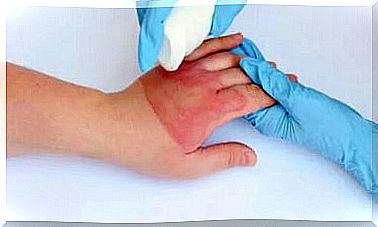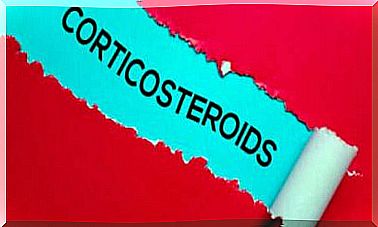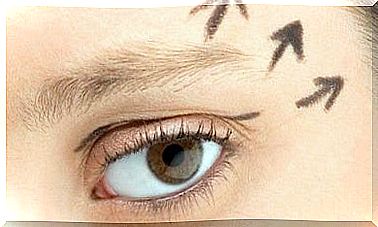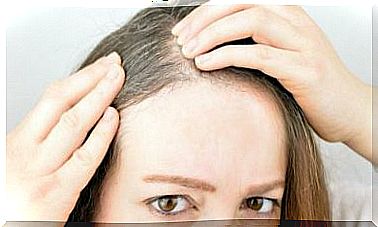Apoplexy: Risk Factors And Symptoms
Apoplexy can cause sudden headaches, loss of vision or hemiplegia.
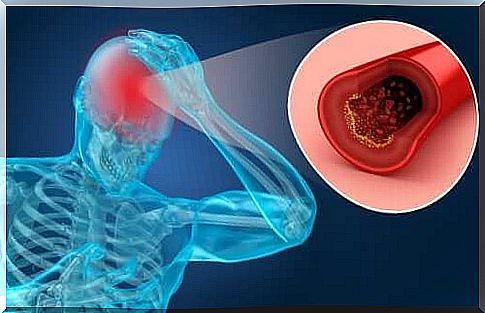
Apoplexy is a sudden neurological syndrome that consists of hemorrhage or failure of blood flow to the brain.
When the blood supply does not reach the brain properly, brain tissue dies. This results in a neurological deficit which can lead to disability or death.
In reality, the term apoplexy simply refers to bleeding or an interruption in the flow of blood to any organ. Therefore, there are many strokes depending on the organ affected. Nonetheless, when the term is used on its own, it usually refers to a stroke.
The prevalence of stroke is high, especially in older people. It is therefore important to know its symptoms and risk factors.
What is apoplexy?
Currently, the words stroke, stroke, and stroke are often used synonymously. There are, however, a few differences:
- Cerebral stroke or infarction: this is a stop of the blood supply to the brain
- First of all, it can be caused by a blockage in one of the blood vessels that supply the brain (ischemia). This is often linked to arteriosclerosis problems
- On the other hand, this stop can also be explained by an intracerebral hemorrhage. It is then a hemorrhagic stroke
- Apoplexy is an old word: it was used to designate the cessation of certain brain functions. There is a functional stroke in which there are no structural alterations within the brain. This is also the case with the stroke. Only similar symptoms occur, but no underlying abnormalities
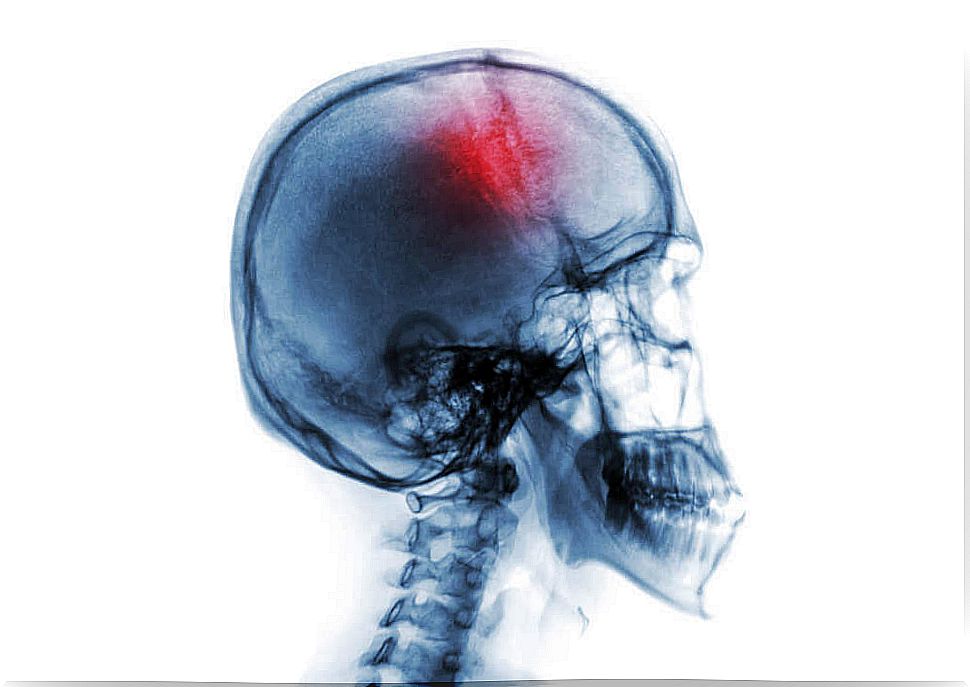
Risk factors for stroke
There are many risk factors for stroke. On the one hand, these are the non-modifiable risk factors which include age, gender or family history.
From the age of 55, the risk of suffering from stroke doubles every 10 years. Moreover, the incidence is higher in men than in women. It should also be noted that if a family member has suffered a stroke, this increases the odds even more.
On the other hand, there are multiple factors that can be changed:
- High blood pressure: this is the most common vascular disorder and its incidence also increases with age. Normal blood pressure is 130/80 mmHg. We should limit our salt intake to 2 grams per day in order to better control our blood pressure and reduce the risk of stroke
- Smoking: tobacco is responsible for direct harmful effects on the arteries
- Cholesterol: Cholesterol levels above 200 mg / dL have been linked to arteriosclerosis problems and an increased risk of arterial obstruction. It is therefore essential to pay attention to your diet and reduce the consumption of fats. Especially saturated fat
- Sedentary lifestyle: it is advisable to walk at least half an hour a day, 5 days a week
- Stress is also an important cardiovascular risk factor
- The diabetes is also a determining factor. Just like having previously suffered from cardiovascular disease
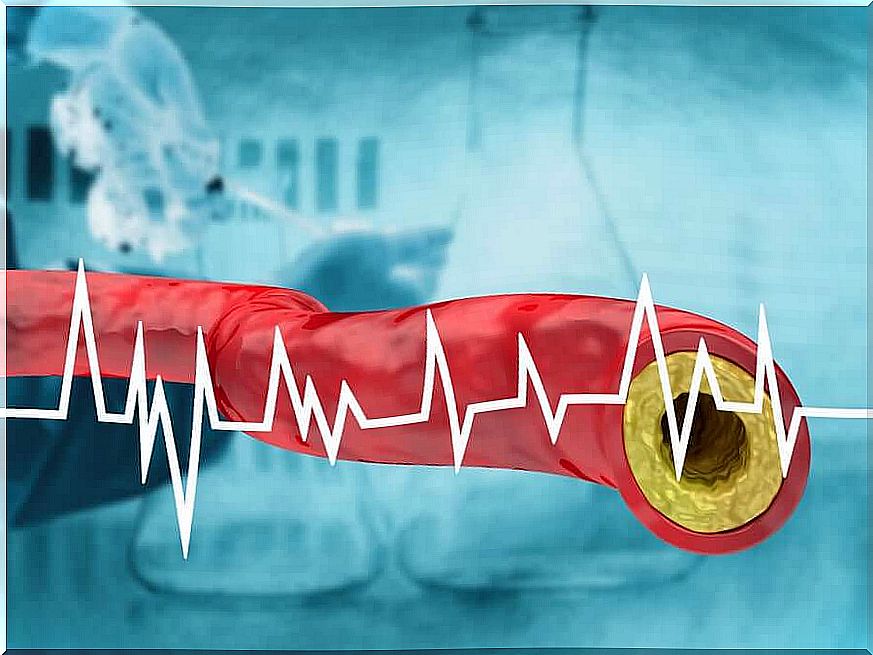
Symptoms of apoplexy
Symptoms vary depending on the area of the brain affected. They can be sensory, motor or mixed. The most common are:
- Dysarthria: this is the difficulty in speaking or understanding language
- Hemiparesis or hemiplegia: it is the loss of strength or paralysis in the arm or leg on the same side of the body as well as part of the face
- Balance and coordination problems: Dizziness is also common
- Difficulty walking
- Sudden and severe headache: this may be accompanied by loss of vision
However, there are situations in which symptoms are mild, last for a short time, and go almost unnoticed. Indeed, they may present only mild muscle weakness, small episodes of amnesia or disorientation.
If any of these symptoms occur, it is very important to go to the emergency room. Apoplexy is a pathology that depends on time and must therefore be treated as quickly as possible.
Conclusion
In the event of a stroke, it is vitally important to get to the hospital as soon as possible in order to get treatment quickly. Indeed, it is in the first hours that it is easiest to recover brain functions.

